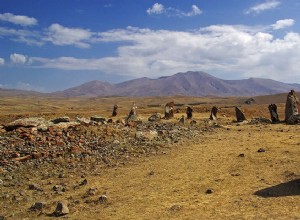The passage tombs are funerary chambers that are accessed by a narrow passage of stones or megaliths arranged as an entrance. They date from the Neolithic era and examples exist throughout Europe, from Portugal to Scandinavia, and even in North Africa. In Spain they are especially abundant in Cant




